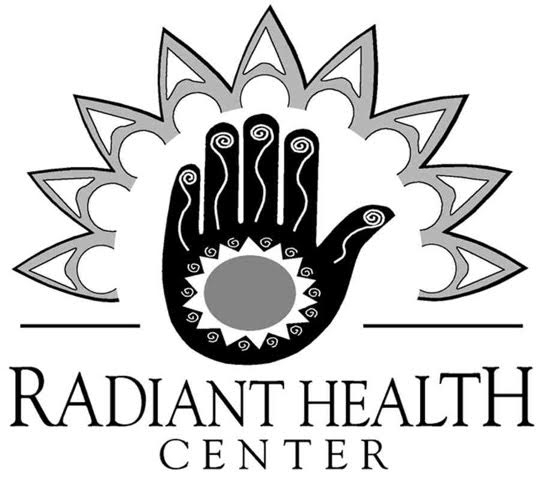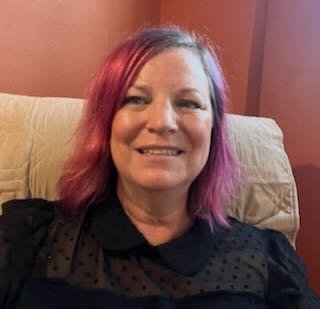Acupuncture: Master Tung's Classical Acupuncture
Acupuncture and Eastern Medical History
The history of Eastern Medicine and acupuncture can be traced back thousands of years in China. For most of Eastern Medicine's history, the many different branches of care and treatment were separated by families into their specific families’ style.
To say that Eastern Medicine was unified as one primary form of care such as what is taught and practiced by most practitioners here in the west is far from completely accurate. True Classical Eastern Medicine was made up of these specific “family” styles where each treatment would come from a different family with different models, doctrines, and methods.
For example, the use of acupuncture needles would come from the family that utilized needles, herbs from the herb family, or Bone setting (similar to today’s Chiropractic ) from that given family. Within these families' styles there would be many different variations and specializations that would address a given condition in their specific ways.
Through the years, these families would refine their styles and pass down their secrets to the next generation of doctors within their families. These traditions were considered family treasures that were protected and only practiced by those in the family. This was an ideal situation for the development of the rich, vast knowledge of the methods, models, and doctrine of Classical Eastern Medicine. These medical families were seen as the scholars and sages of their respected times and regions. People would travel great distances to receive care from these masters of their families' styles.
The history of Medicine in China follows closely with that of the political regimes that were in power. Much like our medical history here in the States, the governing body would pass on the newest ideas that best suited their agenda. (Please see Michael Moore’s Sicko for more background on the history of medicine in the U.S.)
In China, the eventual coming into power of the Communists, led by Mao Ze-Dong in the 1940s led to the Cultural Revolution and the near elimination of Classical Chinese Medicine. During this time the families that had been practicing medicine and had other scholarly interests were sent to work in the fields in the hope of balancing the scales between the poor and the wealthy, the educated and the laborer.
Mao quickly learned that the development of Western (Allopathic) style medicine was out of his vast country's reach at that time. He needed to bring back the traditions and art of the classical medicine of the people.
To do this, Mao created a "new" form of medicine, Traditional Chinese Medicine (TCM). Prior to Mao and his creation of TCM, the families controlled their style and their doctrine. Mao found all these different styles and methods cumbersome and very difficult to teach to the masses. He unified the masters of many of the families (primarily from the herbal families) and mandated how Chinese Medicine would be defined, taught, and practiced. During this time, Masters like Master Tung left the Communist-controlled China for many other countries in Asia.
Each country would take the classic texts and the family styles to create systems that allowed greater variation in doctrine and practice. Master Tung settled in Taiwan where he opened his final clinic based on his family's traditions and eventually passed them on to his apprentices. Due in part to the Cultural Revolution, Master Tung did not have family left to pass down his family’s secrets and traditions which lead to the first apprentice that he trained. Master Tung's Acupuncture is characterized by his unique methods of holographic imaging and extremity needling.
Following the Cultural Revolution, Mao changed his tune in regard to Chinese Medicine. He strengthened the country's connection to its history while still bringing ideas from the west into the country's health care system.
Chinese Medicine essentially came to the States following President Richard Nixon's visit in the early 1970s. While in China, one of his staff required an emergency appendectomy where he received Acupuncture as the form of anesthesia.
Master Tung’s Acupuncture and Family Traditions
Dr. Tung Ching-Chang (1916-1975) [a.k.a Master Tung] has been regarded as one of the greatest Acupuncture Masters of our time. He was born in 1916 into a middle class "Acupuncture family" in the Northern part of China. He began his life as a young acupuncturist at the age of 18 where he treated patients regardless of their ability to pay. His first clinic was closed while he served in the KMT army during WWII where his skills helped many of his fellow soldiers. At the conclusion of the war, he returned home to open his second clinic, which was closed when he returned to the KMT army to fight the communists led by Mao Ze-Dong.
At this time, while serving in the KMT army he left communist run China for Taiwan. This is where he lived and practiced, always treating and caring for patients regardless of their ability to pay for services. Throughout his career it is estimated that he treated over 400,000 patients and it is estimated that 100,000 of these were without fees.
The "Tung Family Style of Acupuncture" is different from that of TCM (Traditional Chinese Medicine, please refer to my history page for a more complete definition) in its use of diagnosis model, acupuncture points, methods, doctrines, etc.
It is true that some of Master Tung's points can be located on the 14 Regular Acupuncture Channels. The majority, however, are not the same as the PRC State Mandated TCM Acupuncture system. The two primary techniques used in Master Tung's Family Style are Distal (extremity) Acupuncture points and Blood “Letting.” His unique techniques of utilizing holographic images of body systems on the extremities and successive insertion of three needles in a therapeutic “region” (Dao Ma Technique) enables the patient to evaluate the changes immediately and give feedback right away. This in turn reduces the number of needles needed and gives patients the ability to become active participants in their treatment. (Unlike most other styles of Acupuncture, this method allows immediate adjustment of the Acupuncture needle protocols to maximize each single session.)
In many cases, patients notice instant change and relief of the primary condition being treated. The secrets of Master Tung's Techniques and Points were passed down over generations within his family until he decided to reveal them to his students while practicing in Taiwan. He brought his amazing family style to the next generation of practitioners for the benefit of generations of patients to come.
Master Tung passed away in 1975. His students now promote his family style. Through these masters, in their own right, I have been able to study, learn, and practice the beauty of Master Tung's rich Family Style of Acupuncture.
I would like to give special thanks to Dr. Robert Chu for his willingness and passion for sharing Master Tung's Acupuncture and his wealth of clinical experience; to Dr. Maluer for his wealth of knowledge and translation of Master Tung's work for us, the western practitioners; to Dr. Susan Johnson for her continued advancement in the access to the gifts of Master Tung's Acupuncture. And finally, I would like to give special thanks to Miriam Lee, the California-based Acupuncturist who was first to attract attention to Master Tung's Acupuncture style in America. She was also instrumental in legalizing acupuncture in the state of California, which helped bring Acupuncture to a national level in the United States.




